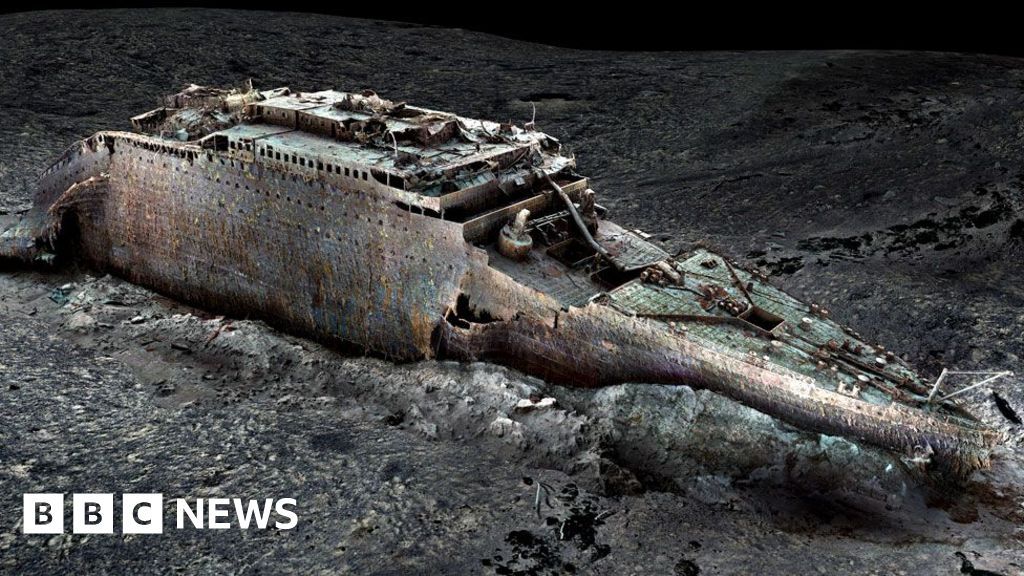A detailed analysis of a full-sized digital scan of the Titanic has revealed new insight into the doomed liner’s final hours. The scan provides a new view of a boiler room, confirming eye-witness accounts that engineers worked right to the end to keep the ship’s lights on.
The exact 3D replica shows the violence of how the ship ripped in two as it sank after hitting an iceberg in 1912 – 1,500 passengers lost their lives in the disaster. The scan reveals that the stern of the ship, which broke off from the bow, is heavily damaged.
The digital scan has been studied for a new documentary by National Geographic and Atlantic Productions called Titanic: The Digital Resurrection. The scan shows that as the ship made only a glancing blow against the iceberg it was left with a series of punctures running in a line along a narrow section of the hull.
The simulation calculates the iceberg’s damage was spread across six compartments. “The difference between Titanic sinking and not sinking are down to the fine margins of holes about the size of a piece of paper,” said Simon Benson, an associate lecturer in naval architecture at the University of Newcastle.
But unfortunately the damage cannot be seen on the scan as the lower section of the bow is hidden beneath the sediment. It will take many years to fully scrutinise the 3D scan.
Source link




